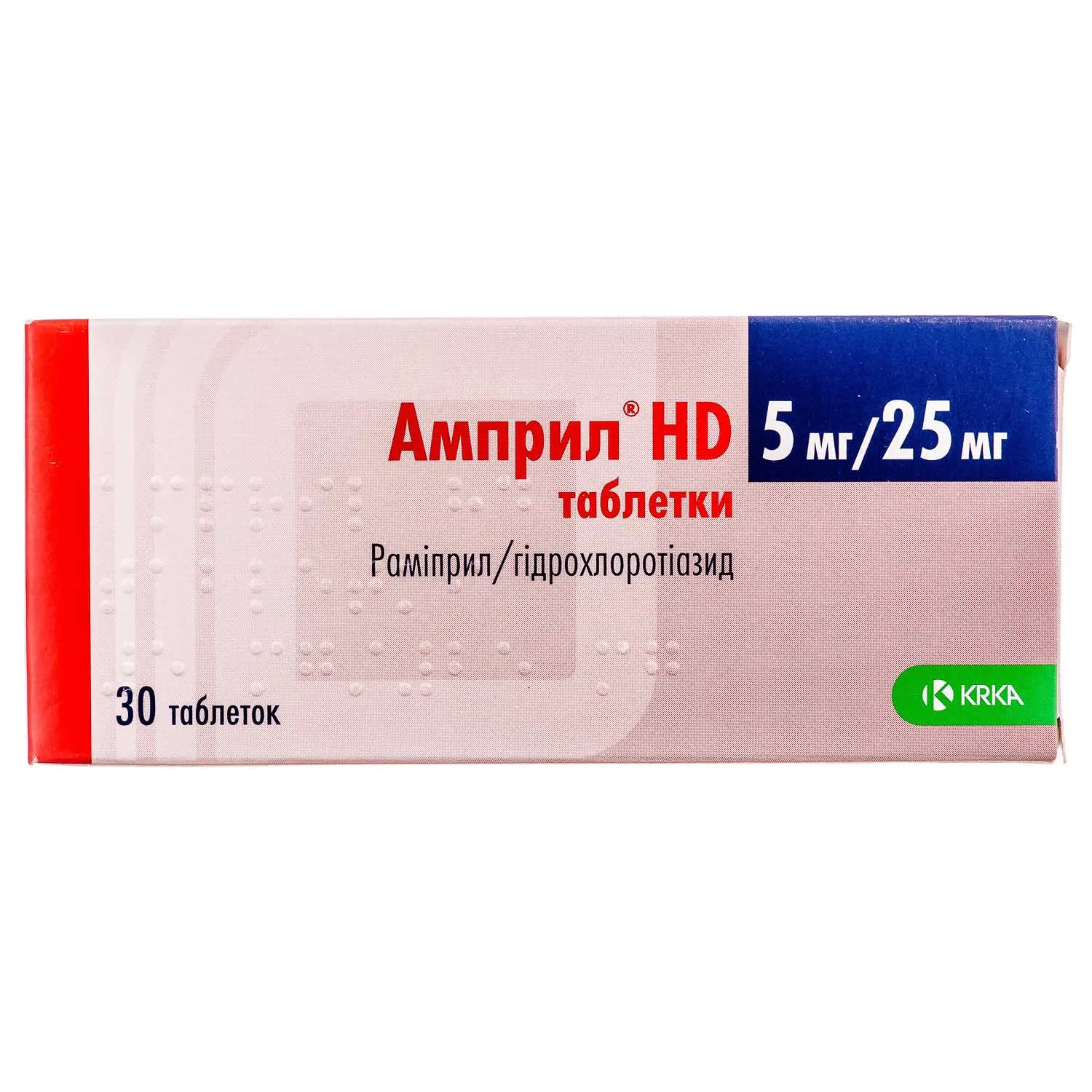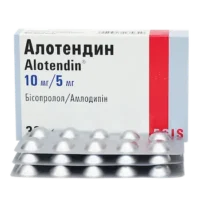Description
Ampril HD Tablets 5 mg/25 mg – Box of 30 Tablets
Composition
Each tablet contains 5 mg of Ramipril and 25 mg of Hydrochlorothiazide.
Mechanism of Action
Ramipril inhibits the angiotensin-converting enzyme, leading to vasodilation and reduced aldosterone secretion. Hydrochlorothiazide acts on the kidneys to increase the excretion of sodium and water, reducing blood volume and lowering blood pressure.
Pharmacological Properties
Ampril HD tablets combine the effects of an ACE inhibitor and a diuretic to effectively reduce blood pressure levels.
Indications for Use
Ampril HD tablets are indicated for the treatment of hypertension when blood pressure is not adequately controlled by ramipril or hydrochlorothiazide monotherapy.
Contraindications
Avoid using Ampril HD tablets if allergic to any ingredients, have a history of angioedema related to ACE inhibitor therapy, or severe renal impairment.
Side Effects
Common side effects may include dizziness, cough, and electrolyte imbalances. Contact your healthcare provider if experiencing severe side effects.
Usage Instructions
The usual recommended dose is one tablet daily, to be taken with or without food as directed by your healthcare provider.
Benefits Compared to Analogues
Studies have shown that the combination of ramipril and hydrochlorothiazide is more effective in reducing blood pressure compared to monotherapy.
Suitable Patient Groups
Ampril HD tablets are suitable for adult patients with hypertension. Dosage adjustments may be necessary for specific patient populations like the elderly.
Storage and Shelf Life
Store in a cool, dry place away from sunlight. Check the expiration date on the packaging and do not use after the specified date.
Packaging Description
Each box contains 30 tablets of Ampril HD, each tablet individually sealed for protection.
Clinical Evidence and Proven Effectiveness
Ramipril and hydrochlorothiazide combination significantly reduces systolic and diastolic blood pressure levels, as demonstrated in studies published in reputable medical journals.





